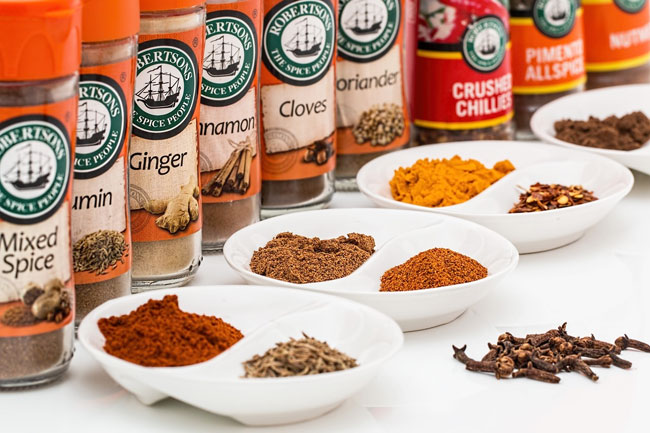Use of Paracetamol During Pregnancy can prove Detrimental

Think twice Before taking the drug
Paracetamol is the most widely-used painkiller in the world - and is deemed the only painkiller that is safe for mothers-to-be. The studies indicate that some painkillers may affect the development of the cells that give rise to eggs and sperm - called germ cells - while a foetus is in the womb. This may be because the painkillers act on hormones called prostaglandins, which are known to regulate female reproduction and control ovulation, the menstrual cycle and the induction of labour.
Side Effects may include
- Reduced fertility in subsequent generations: Paracetamol is the primary medicine used for managing pain and fever during pregnancy. Expectant mothers should follow existing guidelines that the painkiller be taken at the lowest effective dose for the shortest possible time. Testosterone, produced in the testicles, is crucial for life-long male health. Reduced exposure to the hormone in the womb has been linked to an increased risk of infertility, testicular cancer and undescended testicles. Tests conducted on rats revealed that when a mother was given painkillers during pregnancy, her female offspring had fewer eggs, smaller ovaries and smaller litters of babies than those not exposed to the drugs.
- A rash or swelling - this could be a sign of an allergic reaction.
- hypotension (low blood pressure) when given in hospital by infusion (a continuous drip of medicine into a vein in your arm)
- Liver and kidney damage, when taken at higher-than-recommended doses (overdose)
- Women who take paracetamol during pregnancy may increase the risk of their child developing ADHD, new research has found. Attention deficit hyperactivity disorder (ADHD) is one of the most common childhood disorders and can continue through adolescence and adulthood. Symptoms include difficulty staying focused and paying attention, difficulty controlling behavior, and hyperactivity (over-activity).
If the tablets are taken, they should be used in the lowest possible dose, for the shortest possible time.
Natural Pain Management Options

- Capsaicin: Derived from chili peppers, this topical remedy reduces nerve, muscle and joint pain by stopping the chemical known as substance P from transmitting pain signals to the brain.
- Turmeric: It improves circulation and prevents blood clotting. Turmeric's active ingredient curcumin is responsible for lowering the levels of two enzymes in the body that cause inflammation.
- Ginger: It more effective than drugs like ibuprofen for pain relief, according to a 2013 study published in the journal Arthritis. Ginger blocks the formation of the inflammatory compounds-prostaglandins and leukotrienes-and also has antioxidant effects that break down existing inflammation and acidity in the fluid within the joints.
- Chamomile: well known for its calming properties and provides relief for muscle pain and spasm.
- 10% peppermint oil in ethanol solution efficiently alleviates tension-type headache. Peppermint oil has proven to be a well-tolerated and cost-effective alternative to usual therapies.
Before popping a pill, consider these natural, alternative remedies to pain.
Ref
